Tag: study
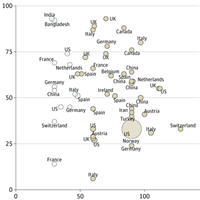
Short-term and Long-term Rates of Postacute Sequelae of COVID-19 Infection
In this systematic review, we evaluated the temporal progression of clinical abnormalities experienced by patients who recovered from an infection with SARS-CoV-2, starting with a mean of 30 days post–acute illness and... read more

Nitrous Oxide Avoidance for Patients Undergoing Major Surgery
Avoidance of nitrous oxide and the concomitant increase in inspired oxygen concentration decreases the incidence of complications after major surgery, but does not significantly affect the duration of hospital stay. The... read more
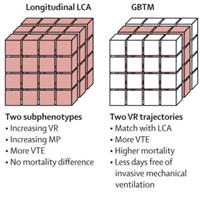
Longitudinal Respiratory Subphenotypes in COVID-19 Patients with ARDS
COVID-19-related ARDS has no consistent respiratory subphenotype. Patients diverged from a fairly homogenous to a more heterogeneous population, with trajectories of ventilatory ratio and mechanical power being the most discriminatory.... read more
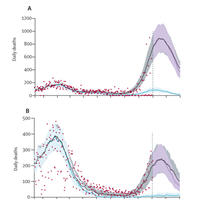
Suboptimal COVID-19 Vaccination Coverage Implications in Florida and Texas
In July, 2021, another wave of COVID-19 began in the USA as the highly infectious delta (B.1.617.2) SARS-CoV-2 variant drove outbreaks predominantly affecting states with relatively low vaccination coverage. Some US states... read more

Ambulation Alone Not Effective Prophylaxis for Venous Thromboembolism
Our systematic review failed to find high-quality evidence to suggest that ambulation alone is an appropriate or effective prophylaxis for venous thromboembolism. Although some studies suggest that ambulation may reduce... read more

A Novel Anatomic Landmark to Target the LV During Chest Compressions in Cardiac Arrest
A novel area of compression over the left sternal border at the inter-nipple line would result in compressions over the LV in nearly three-quarters of our study participants. Future research should investigate whether... read more
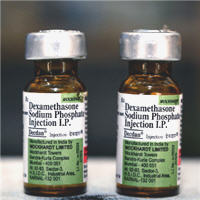
Dexamethasone 12 mg vs. 6 mg for COVID-19 Patients with Severe Hypoxia
Among patients with COVID-19 and severe hypoxia, dexamethasone 12 mg did not result in statistically significantly more days alive without life support at 28 days than dexamethasone 6 mg. However, the confidence interval... read more

Validation of RSBI Displayed by the Ventilator vs. Standard Technique in Patients with Readiness for Weaning
The ventilator significantly overestimates the RSBI value compared to the standard technique by Wright spirometer. The average RSBI vent value among 5 time points (0, 15, 30, 45, and 60 s) was found to best correlate with... read more
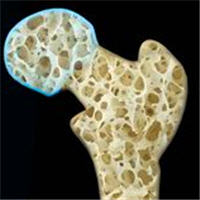
Hypocalcemia in Jaundiced Neonates Receiving Phototherapy
Hypocalcemia is a common complication of phototherapy. Serum calcium levels should be monitored in all the full-term neonates receiving phototherapy. Hyperbilirubinemia was present in 23.3% of neonates admitted to the... read more

Higher vs. Lower PEEP in ARDS Patients
In our meta-analysis of RCTs, higher positive end-expiratory pressure (PEEP), compared with lower PEEP, was not associated with mortality in patients without acute respiratory distress syndrome (ARDS) receiving invasive mechanical... read more
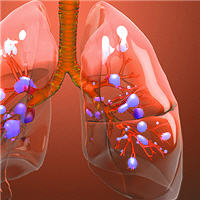
Precision Medicine and Heterogeneity of Treatment Effect in Therapies for ARDS
Acute respiratory distress syndrome (ARDS) is a clinically heterogenous syndrome, rather than a distinct disease. This heterogeneity at least partially explains the difficulty in studying treatments for these patients... read more
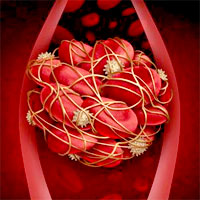
Venous Thromboembolism Prophylaxis in Critically Ill Adults
Among critically ill adults, compared to control, low molecular weight heparin (LMWH) reduces incidence of deep venous thrombosis (DVT) while UFH and mechanical compressive devices may reduce risk of DVT. LMWH is probably... read more
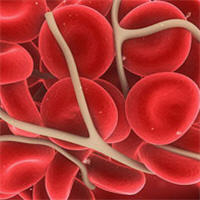
Therapeutic Anticoagulation vs. Usual Care in Noncritically Ill COVID-19 Patients
Among noncritically ill patients with COVID-19 infection, therapeutic anticoagulation with heparin improved the proportion of patients who survived without need for organ support. Therapeutic anticoagulation was associated... read more
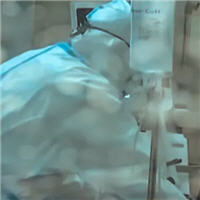
We studied how to reduce airborne COVID spread in hospitals. Here’s what we learnt
Melbourne’s second wave of COVID-19 last year, which led to a lockdown lasting more than 100 days, provided us with many lessons about controlling transmission. Some of these are pertinent as New South Wales endures its... read more








